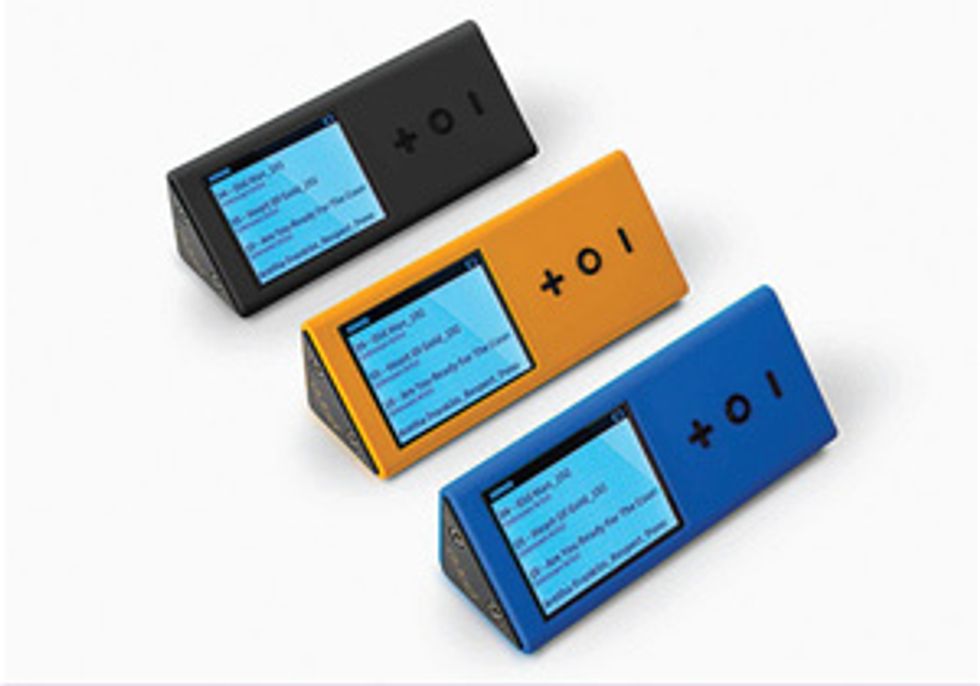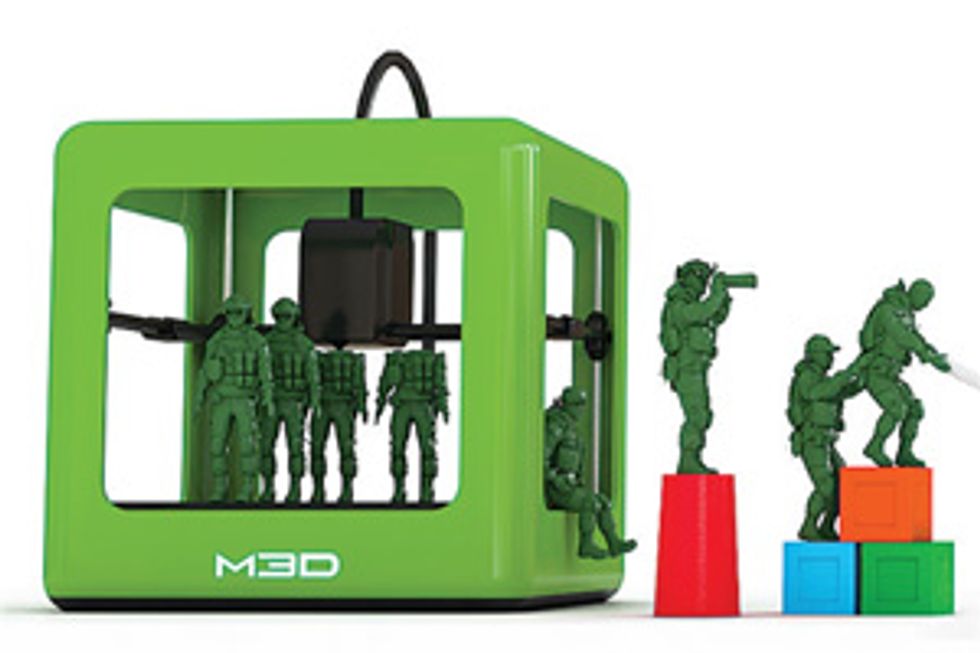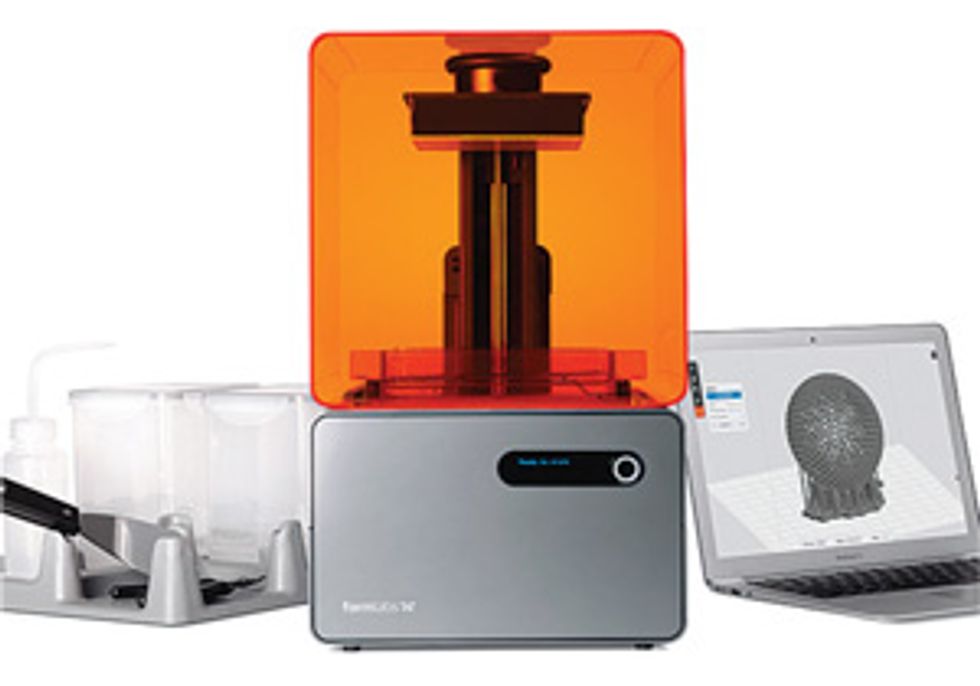
Crowdfunding—collecting money from a bunch of people to fund a project—has in the last few years gone from “doable but tough” to “so easy we can’t remember how we lived before,” thanks to sites like Kickstarter and Indiegogo. Particular beneficiaries of the new era are those wanting to make physical devices, who have often struggled for funding because of the higher risk and capital requirements of hardware development over software. “Crowdfunding validates the product-market fit early in the development cycle, before you’ve spent millions of dollars creating something nobody wants,” says Scott Miller, CEO and cofounder of Dragon Innovation, in Cambridge, Mass., which offers certification and manufacturing expertise. “It provides the capital essential for buying the tools and inventory. And it’s the most efficient form of marketing: It creates an informed community who then evangelizes,” says Miller.
Notable hardware crowdfunding successes include the Oculus Rift VR headset and the Pebble e-watch, which raised US $2.4 million and $10.2 million, respectively. But crowdfunding campaigns can be helpful to hardware developers in ways that go beyond just money and marketing—if they know how to take advantage of the opportunities.
Hardware Helper
Some of Kickstarter’s biggest tech campaigns

First, leverage the communities and knowledge bases growing up around crowdfunding sites: “We have seen a lot of hardware projects using a software development mind-set—winging it, since software can be fixed after the fact,” says Miller. “But the decisions you make early in the hardware design process cast a long shadow.” For example, a shape that’s easy to hand cut or 3-D print may be costly to make using injection molding. Kickstarter, Indiegogo, and other crowdfunders offer documents, experts, events, and other resources to cope with issues such as manufacturability and how to obtain compliance certificates for things like safety, radio frequency/electromagnetic interference, and environmental impact. Compliance testing takes time and money, which need to be factored into the schedules presented to backers.
Getting manufacturing right is key to having a final product that works well for more than just the handful of users comfortable with your prototype: “It’s important to make sure the manufactured product will be reliable,” says Charles Edward Pax, founder of Pax Instruments, who successfully completed a Kickstarter campaign for his T400, an open-source Arduino-based data logger for four channels of thermocouple temperature data. “If you make ten units and one fails, it’s not a big deal, but if one in ten of 10,000 units fail, you have a lot of disappointed customers.”
Secondly, a crowdfunding campaign can help developers understand their customers’ desires, which in turn can help focus feature and style development. “The feedback you get during a campaign can improve your market traction,” says Kate Drane, head of hardware at Indiegogo. “It might be as simple—but important—as learning that case-color preferences are 80 percent for black and 10 percent each for red or blue. So when you go to production, you can make informed order estimates.”
Thirdly, backers can help spot problems and suggest solutions: “Transparency is probably one of the greatest things about crowdfunding campaigns,” says John Dimatos, Kickstarter’s lead for tech and design partnerships. “For an engineer to be able to speak at length about what components they chose, how they did the circuitry for the project, the manufacturing process they are using...these details are very important to their backers, and there are few other places you can talk in such detail.”
Recognizing the challenges faced by inexperienced hardware developers, some crowdfunding sites are seeking out those most likely to be dreaming up the next great gadget. “I spend a lot of time talking with organizations like the IEEE and with organizations that make up the ecosystem around hardware—like schools that have engineering and design students—explaining what a campaign is like and what resources are available,” says Dimatos.
“We have live Hardware Happy Hours with industry experts like lawyers and tax accountants that hardware developers can talk with,” says Indiegogo’s Drane. “And we hired an experienced product creator to be a mentor-in-residence.” Indiegogo also created the free Hardware Handbook for Crowdfunding.
Once you’ve decided to go forward with a campaign, check to see if there’s a site that’s particularly suited to your project’s goals or that will connect you with the backers most likely to fund you. Besides Kickstarter and Indiegogo, well known crowdfunding sites include Fundable and RocketHub—but there are many more. According to Leigh Lepore, founder of Crowdfunding Strategy & Information, there are over 800 crowdfunding sites and services. And if you don’t find one you like, you can crowdfund from your own WordPress blog, using IgnitionDeck, or create a site using the open-source Selfstarter. There are even crowdfunding events where you can raise money in person, like the OneSpark Festival.
Indiegogo’s Drane offers some final words of advice: “Take good care of gathering documentation and other assets,” Drane stresses. “This is so you can showcase prototypes and what you’ve done when you are ready to start the campaign. Hardware development involves all sorts of tasks. Being open and transparent with the campaign page will go a long way to building trust with your backers.”
This article originally appeared in print as “Crowdfunding for Hardware.”



